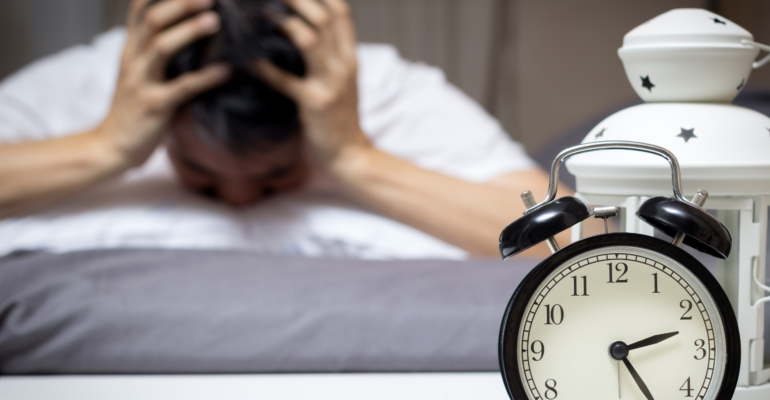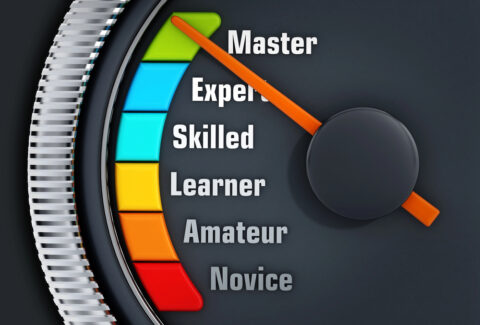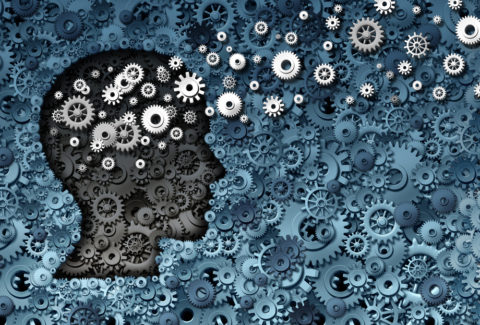Understanding Behavioral Activation for Insomnia

Understanding Behavioral Activation for Insomnia
Behavioral Activation (BA)[1] is widely recognized for its efficacy in treating depression and anxiety, but it also has applications in managing insomnia. Behavioral Activation for insomnia focuses on modifying sleep-related behaviors and routines to improve sleep quality and overall well-being. By addressing the behaviors and thought patterns that contribute to insomnia, BA helps individuals develop healthier sleep habits and reduce sleep-related distress.
Core Principles of Behavioral Activation for Insomnia
- The Link Between Behavior and Sleep: BA posits that behaviors and routines significantly impact sleep quality. Insomnia[2] often results from maladaptive sleep habits, such as irregular sleep schedules, excessive time spent in bed awake, or engaging in stimulating activities before bedtime. By targeting these behaviors, BA aims to establish a more consistent and restful sleep pattern.
- Breaking the Cycle of Insomnia: The cycle of insomnia typically involves difficulty falling asleep, leading to frustration and anxiety about sleep, which in turn exacerbates the problem. BA helps break this cycle[3] by promoting behaviors that encourage restful sleep and addressing the factors that contribute to sleep disturbances.
Key Components of Behavioral Activation for Insomnia
- Sleep Monitoring: One of the initial steps in BA for insomnia is sleep monitoring[4]. Individuals track their sleep patterns, including bedtime, wake time, and the quality of sleep. This monitoring helps identify patterns and behaviors that may be contributing to sleep difficulties.
- Sleep Hygiene Education: Sleep hygiene involves practices and habits that promote good sleep. BA includes education on sleep hygiene, such as maintaining a consistent sleep schedule, creating a comfortable sleep environment, and avoiding stimulants like caffeine close to bedtime. Educating individuals on these practices is essential for improving sleep quality.[5]
- Stimulus Control: Stimulus control techniques help individuals associate the bed and bedroom with sleep rather than wakefulness.[6] This involves:
- Using the Bed Only for Sleep and Intimacy: Avoiding activities like watching TV or working in bed.
- Going to Bed Only When Sleepy: Limiting time spent in bed awake.
- Getting Out of Bed When Unable to Sleep: Engaging in a relaxing activity until feeling sleepy.
- Sleep Restriction Therapy: Sleep restriction therapy involves limiting the time spent in bed to match the actual amount of sleep an individual is getting.[7] This helps consolidate sleep and improve sleep efficiency. The approach includes:
- Determining Sleep Efficiency: Calculating the percentage of time spent asleep relative to the time spent in bed.
- Gradually Increasing Time in Bed: Based on improvements in sleep efficiency, gradually extending time in bed.
- Behavioral Strategies: Behavioral strategies in BA for insomnia focus on modifying behaviors that disrupt sleep. This includes:
- Reducing Naps: Limiting daytime naps to avoid interfering with nighttime sleep.
- Managing Pre-Sleep Activities: Avoiding stimulating activities before bedtime and establishing a calming pre-sleep routine.
- Cognitive Strategies: Although BA primarily focuses on behavior, incorporating cognitive strategies can enhance its effectiveness.[8] This includes addressing negative thoughts and anxieties related to sleep, such as:
- Challenging Beliefs About Sleep: Helping individuals reframe catastrophic thinking about their sleep difficulties.
- Promoting Relaxation Techniques: Teaching relaxation techniques like deep breathing or progressive muscle relaxation to reduce pre-sleep anxiety.
Benefits of Behavioral Activation for Insomnia
- Evidence-Based Effectiveness: BA is supported by evidence demonstrating its effectiveness in treating insomnia. Studies show that BA can improve sleep quality, reduce sleep onset latency, and enhance overall sleep satisfaction by addressing maladaptive sleep behaviors.
- Non-Pharmacological Approach: BA offers a non-pharmacological alternative to managing insomnia, which is particularly beneficial for individuals who prefer to avoid or cannot use sleep medications. This approach focuses on behavioral and lifestyle changes that promote natural sleep improvement.
- Practical and Actionable: BA provides practical, actionable steps that individuals can implement to improve their sleep. By focusing on specific behaviors and routines, BA offers a clear and structured approach to managing insomnia.
- Long-Term Benefits: The behavioral changes promoted through BA can lead to long-term improvements in sleep quality. Establishing healthy sleep habits and routines can have lasting effects on overall well-being and sleep health.
Examples of Behavioral Activation for Insomnia in Practice
Case Example: Difficulty Falling Asleep
A client who has difficulty falling asleep might use BA to address their sleep habits. The therapist and client would work on implementing a consistent sleep schedule, reducing pre-sleep screen time, and creating a relaxing bedtime routine. Sleep monitoring would help track improvements and adjust strategies as needed.
Case Example: Frequent Night Wakings
A client who frequently wakes up during the night might benefit from sleep restriction therapy. By initially limiting time in bed and gradually increasing it as sleep improves, the client can work on consolidating their sleep and reducing nighttime awakenings.
In conclusion, Behavioral Activation for insomnia focuses on modifying sleep-related behaviors and routines to improve sleep quality. Through sleep monitoring, sleep hygiene education, stimulus control, sleep restriction therapy, and behavioral strategies, BA addresses the factors contributing to insomnia and promotes healthier sleep patterns. This evidence-based, non-pharmacological approach offers practical and effective solutions for managing insomnia and enhancing overall well-being.
[1] Kanter, Jonathan W., et al. “What is behavioral activation?: A review of the empirical literature.” Clinical psychology review 30.6 (2010): 608-620.
[2] Bootzin, Richard R., and Dana R. Epstein. “Understanding and treating insomnia.” Annual review of clinical psychology 7.1 (2011): 435-458.
[3] Lundh, Lars-Gunnar, et al. “Vicious cycles of sleeplessness, sleep phobia, and sleep-incompatible behaviours in patients with persistent insomnia.” Cognitive Behaviour Therapy 20.3-4 (1991): 101-114.
[4] Hamida, Sana Tmar-Ben, et al. “A new era in sleep monitoring: the application of mobile technologies in insomnia diagnosis.” Mobile health: A technology road map (2015): 101-127.
[5] Chung, Ka-Fai, et al. “Sleep hygiene education as a treatment of insomnia: a systematic review and meta-analysis.” Family practice 35.4 (2018): 365-375.
[6] McGowan, Sarah Kate, and Evelyn Behar. “A preliminary investigation of stimulus control training for worry: Effects on anxiety and insomnia.” Behavior Modification 37.1 (2013): 90-112.
[7] Miller, Christopher B., et al. “The evidence base of sleep restriction therapy for treating insomnia disorder.” Sleep medicine reviews 18.5 (2014): 415-424.
[8] Young, Jeffrey, and DBSM CBSM. “CBT-I.” Adjunct Interventions to Cognitive Behavioral Therapy for Insomnia, An Issue of Sleep Medicine Clinics, E-Book: Adjunct Interventions to Cognitive Behavioral Therapy for Insomnia, An Issue of Sleep Medicine Clinics, E-Book 18.1 (2023): 31-38.






